Solar On-Grid rooftop system
The On-grid system is connected with a utility GRID(like DISCOM in Tamilnadu) and this system would work only if the grid is available. In case of a power cut, the system will not work and hence the On-grid system is also termed a Grid-tied system. A grid is required since the inverter needs to be provided a reference voltage and the inverter needs to sync with the grid in order to export energy back into the grid. and this system would work only if the grid is available. In case of a power cut, the system will not work and hence the On-grid system is also termed a Grid-tied system.
A grid is required since the inverter needs to be provided a reference voltage and the inverter needs to sync with the grid in order to export energy back into the grid.
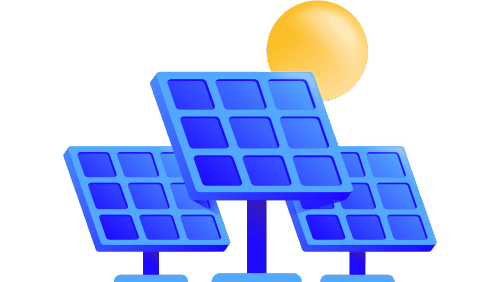
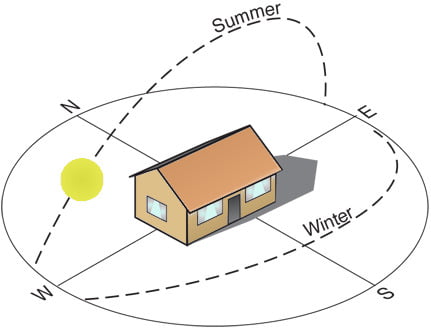
Solar PV system generation
In general, solar peak generation is between 9:00 AM to 3:00 PM and is typically called the solar window. However, based on the type of system installed, surroundings, shadow, and all other design specifications, generation can be anywhere between 7:00 AM till 5:00 PM too.
Working of Solar On-Grid system
Once solar generation starts, the generated energy is first consumed by the loads. Once the load requirement is satisfied, the remaining energy will be exported to the grid. Grid by itself acts as a virtual battery taking in all the excess energy that has been exported. This is known as the banking of energy.
During the night, when there is no solar, the loads can import the banked energy. Similarly, when there is less generation from solar due to cloudy conditions, the required energy is imported from the grid. At the end of every billing cycle, the export and import billing will be calculated and this net will be calculated with the help of a Bi-directional meter.
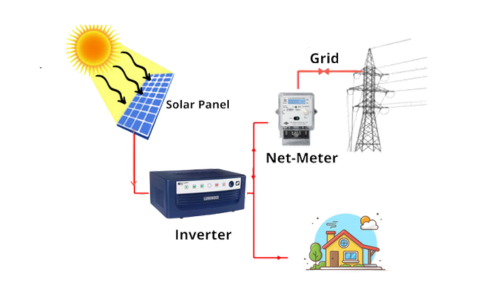
ON-GRID System Inverters
ON-GRID System Inverters
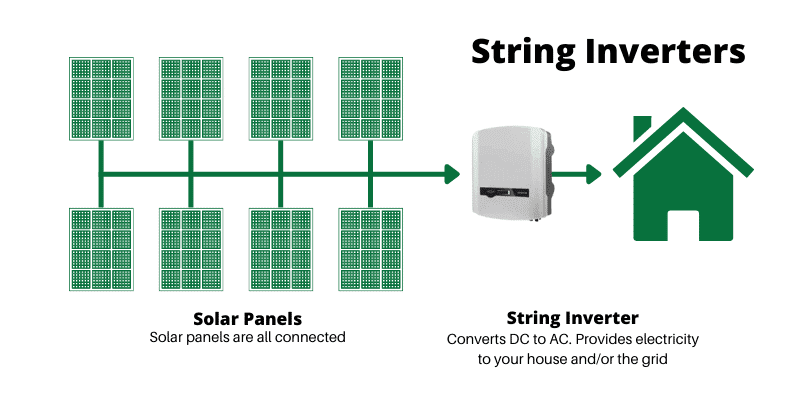
String inverters are your “out of the box” option when it comes to solar panel inverters and are the most commonly used. String inverters have one centralized inverter connecting a series or “string” of solar panels.
String inverters are a perfectly acceptable, cost-effective option if you don’t have any encroaching shade from nearby trees or a large chimney. They are also great if you have all of your solar panels facing the same direction. However, if you don’t fit these scenarios, then individual panel optimization via a micro inverter or power optimizer will be your best option.
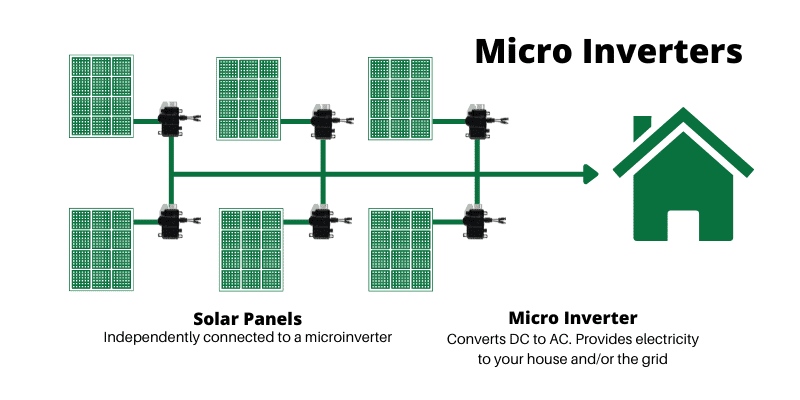
Microinverters, (also known as Module-Level Power Electronics or MLPEs) work on the same principle as string inverters, but instead of having one large central inverter, they have a small unit to convert power underneath or built into each individual solar panel. This gives each panel the ability to function independent from its neighbours.
While microinverters are more expensive than string inverters, their ability to make the most out of each panel allows you to get more power from your system overall. String inverters are still a great option for those on a budget, but if you’re after something that offers greater efficiency, flexibility and long-term ROI then microinverters are a compelling option.
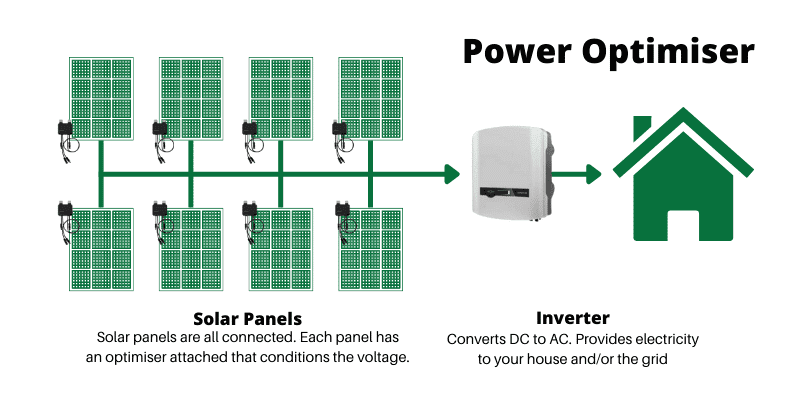
A power optimiser (DC optimiser) is not actually an inverter at all; they come as a small box that plugs into your solar panel ’s DC cables and your solar panel’s AC output.
While microinverters completely replace the need for a string inverter, power optimisers (also an MPLE) work in conjunction with the string inverter to increase power output. Instead of converting DC power to AC power at the panel site like a micro-inverter, power optimisers condition DC power and send it to a string inverter. Power optimisers can be inbuilt in the panels themselves, or sold and fitted on separately.
